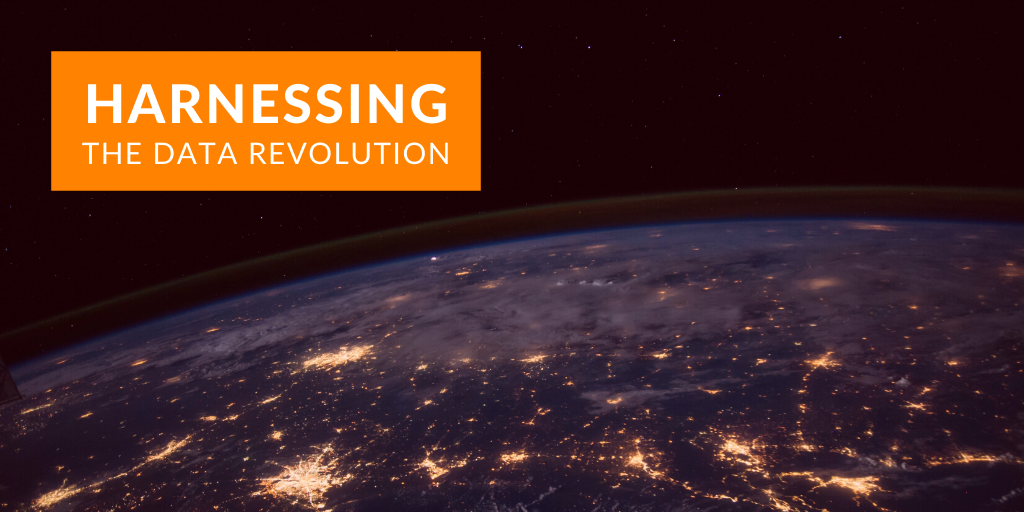
Just how Big is Big Data? It’s difficult to wrap our heads around it. We now carry in our pockets computers (a.k.a. smartphones) that have 1 million times more memory than NASA’s Apollo Guidance Computer, which was used to land the first human beings on the moon. The world’s most powerful supercomputer is the Summithoused at the Oakridge National Laboratory. It can perform 200 quadrillion (1 x 1015) calculations per second.
It’s an indescribable number, somewhere between the number of ants alive on earth at one time and the number of grains of sand on earth. Suffice it to say, today’s researchers have some freakin’ amazing computer power at their disposal.
The truth, however, is that many scientific fields have yet to realize the potential of Big Data. That’s where the National Science Foundation’s (NSF) Big Idea, Harnessing the Data Revolution (HDR), comes in. This $30 million initiative is among 10 Big Ideas identified by NSF in 2017. Projects funded by this initiative are doing everything from improving our chances of detecting dark matter to resolving the tree of life.
Coordinating the building of a national data infrastructure, sharing best practices and identifying gaps that need to be addressed by the community is no small effort. In April, 160 researchers — all of whom are Principal Investigators on HDR-funded projects — gathered online for the KI-facilitated 2020 HDR All-hands Meeting. Organizers from the NSF Big Data Innovation Hubs converted the meeting, originally scheduled to take place in the Washington, D.C. area, to a virtual event due to the COVID-19 pandemic.
“We want this to be a connected ecosystem so that results and findings and expertise that are generated in one project really can be circulated and built upon,” says Renata Rawlings-Goss, Ph.D., Executive Director of the South Big Data Innovation Hub (SouthBDHub), one of four regional Hubs across the country. “This meeting was about identifying projects, community building and forming collaborations — especially among those from disciplines that don’t normally work together.”
Tufts University’s Lenore Cowen, Ph.D., was impressed by the number of collaborators she was able to meet at the virtual meeting. “We are already pursuing some of these collaborations and others we are just beginning to follow-up on as the semester ends, summer begins and we have more time to talk further,” says Cowen, Professor of Computer Science and Director of T-Tripods.
Given the fairly recent start of the HDR Big Idea, Cowen says it was important not to cancel this meeting. “This is very new territory and the community got a lot out of it.”
The University of Utah’s Chris Meyers, Ph.D., says the meeting was perhaps even better virtual than in-person. “It was very seamless to move from discussions. The KIStorm software was great. I plan to use this as a model for future virtual meetings,” says Meyers, who is a Professor of Electrical and Computer Engineering.
Anastasios Sidiropoulos, Ph.D., agreed. “I was hoping to meet new colleagues, exchange ideas, and learn interesting research directions that the HDR projects are pursuing. My expectations were met fully,” says Sidiropoulos, an Associate Professor of Computer Science at the University of Illinois, Chicago. “I think virtual meetings like this are the future of scientific discourse.”
By Camille Mojica Rey, PhD, Science Communications Director, Knowinnovation
